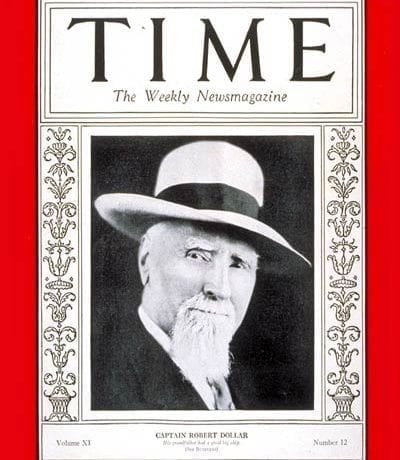Announcement and Update
This deal has been announced, but is still subject to varying levels of approval. While it is likely that it will eventually close, there is a chance that it may be called off or altered.
In the Words of Co-CEO of Salesforce, Marc Benioff
In a note released by Felsenthal and directed at TIME magazine, Marc Benioff, the billionaire chairman and co-CEO of Salesforce.com (NYSE: CRM), said, “We have deep respect for your entire organization and are honored to now have TIME as part of our family impact investment portfolio.” In an effort to preserve the “treasure trove of the world’s history and culture” that TIME is, the Benioff family made the decision to acquire the weekly news magazine that now shapes national conversation across America, Europe, the Middle East, Africa, Latin America, and Asia.
Change in Ownership
This change in ownership occurs less than a year after TIME was acquired by the Meredith Corporation (NYSE: MDP). A news release stated that this acquisition will cost $190 million and, according to Forbes, Benioff is worth $6.7 billion. TIME, which will become a personal holding of Benioff and his wife, will maintain independent operations with no association with Salesforce.
TIME is the latest print publication to be privately acquired by a billionaire following Patrick Soon-Shiong’s acquisition of the Los Angeles Times and The San Diego Union-Tribune this past June. The sale is expected to be finalized in the next month of October.
TIME Magazine is Slowing
In the digital era, the magazine industry, which was once hugely profitable, saw its advertising decimate. Time magazine was a part of the industry fall, despite still having over 100 advertisers.
- From the first half of 2017 to the first half of 2018, five companies took away their advertising dollars from TIME; this represents a 4.6% drop for the former powerhouse.
- The magazine also noticed a 9.3% decrease in estimated spend, based on an open rate card.
List of TIME Advertisers
Despite its decline, TIME magazine still draws a host of loyal companies to advertise with them. Multiple product categories, including medical and pharmaceutical, automotive, financial, public service, technology, media and entertainment, and apparel and accessories, as well as channels from print to online to email have advertised with the storied publication this month.
TIME Print Advertisers
In September 2018, 16 brands advertised in print with TIME magazine over a total of 20 pages (four of those pages being of high value and another two showing before the Table of Contents). The top five advertisers based on the number of pages they ran ads on were:
1. Xeljanz XR (Psoriatic Arthritis)
2. Chevrolet
3. The Nature Conservancy
4. FreeStyle (Diabetes Device)
5. Charles Schwab Investing
TIME Online Advertisers
Many more chose to advertise online with TIME magazine. 265 brands placed ads with the publication in total. 290 were creative units and, out of the total number of brands, 47 of those advertised on the homepage. The top five online TIME advertisers based on the number of site visits during the month of September were as follows:
1. Love Has No Labels
2. ACG Worldwide
3. The Wall Street Journal
4. ANA Association of National Advertisers, Inc.
5. PayPal, Inc.
TIME Email Advertisers
Finally, let’s talk about email marketing and TIME magazine’s newsletter statistics. Between September 1, 2018 and September 21, 2018, 15 brands advertised on the 24 newsletter emails that were delivered. While 2.46 ads were included in each of these emails on average, there were an average of .63 advertisers per email. This month, the top five email advertisers based on the number of newsletters they advertised on were:
1. Mack Weldon, Inc.
2. SpokenLayer
3. Zulily, LLC
4. SkyLink TV Antenna
5. Hollister Co. (Brand)
Conclusion
While the digital era did bring about some negative effects for magazines, such as a fewer number of advertisers and a decrease in the sale of magazines, it didn’t kill the industry as a whole. Certain billionaires like Patrick Soon-Shiong and, of course, Marc Benioff, stepped in to save the day. Not only does this show the value of certain magazines like the Los Angeles Times, The San Diego Union-Tribune, and TIME, but it also shows their potential for improvement and increased success.



